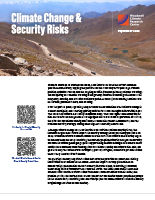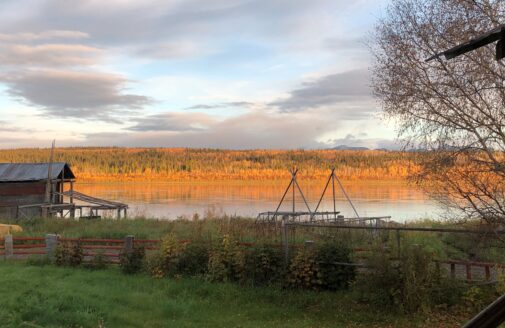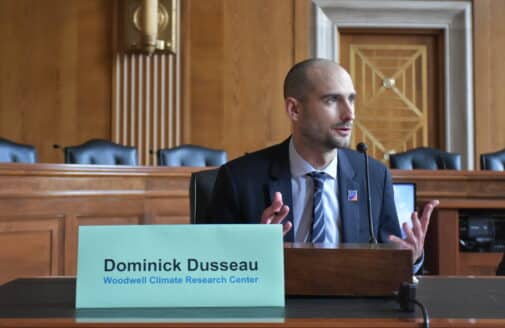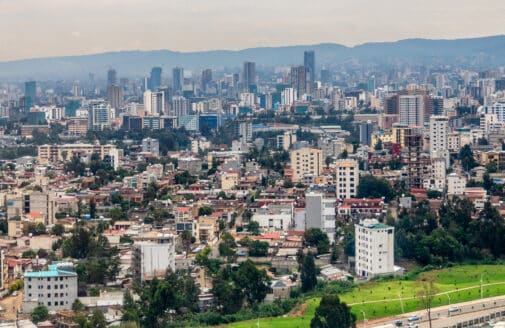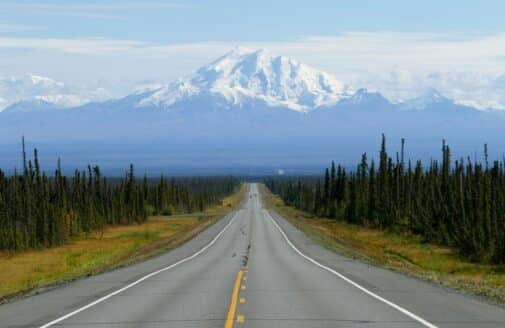Climate change and security risks
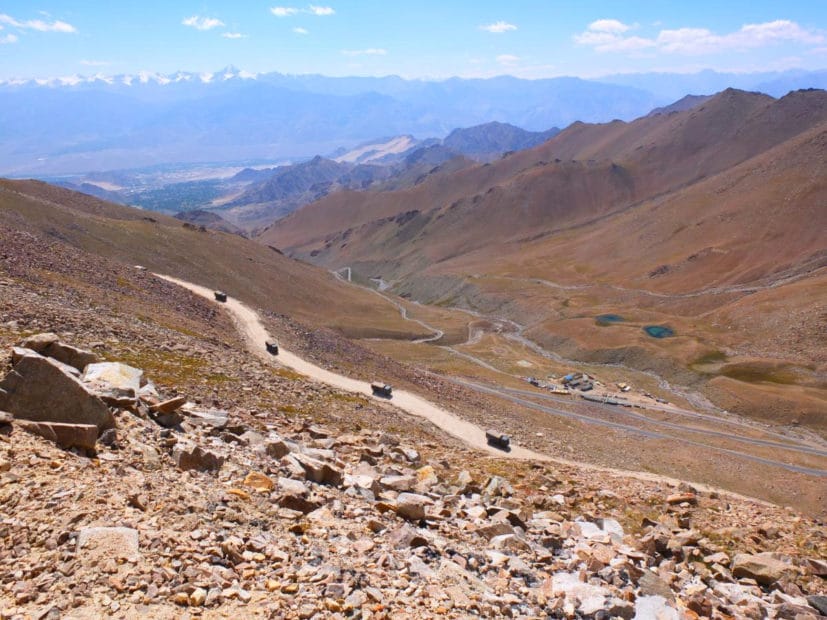
Climate change is happening now; 2023 is on track to be the hottest recorded year in human history, topping the previous record from only a few years ago. Current policies, emissions trends, and the ongoing El Niño (itself amplified by climate warming) are conspiring to accelerate warming rates globally. Continued warming will increase the frequency, severity, and duration of climate perils—from major landfalling hurricanes to heat stress, permafrost thaw, and flooding.
Over the past 15 years, a growing body of research has established that climate change is a threat multiplier, exacerbating existing societal stressors and regional instabilities (see The Center for Climate & Security’s Resource Hub). The convergence and escalation of risk due to climate change have been highlighted in U.S. Defense Department directives, the Director of National Intelligence’s annual Worldwide Threat Assessments, and the National Security Strategy, among other high-level security documents.
Although climate change has been identified as a critical national security issue, the inclusion of granular climate impacts in security strategy is not yet widely practiced. In 2021, Woodwell Climate Research Center and the Center for Climate and Security began to address these needs by examining the nexus of physical climatic changes and security concerns in critical global geographies. By providing additional insight and tools to allow efficient and seamless cross-interrogation of national security and climate risk data, our goal is to help the United States anticipate, prevent, mitigate, or alleviate potential crises before they threaten vital interests.
We quantify and map key climate risks that have the potential to exacerbate existing instabilities and tensions in the future—from the impacts of crop yield failure on food security and flood risk on reactor safety in North Korea, to thawing permafrost threatening critical infrastructure across the Arctic. The initial case studies from this collaboration examined climate risks in nuclear-armed countries of India-China, the Russian Arctic, and North Korea. Our second set of case studies focuses on middle powers in the Middle East, examining Iran and Türkiye (see Woodwell Climate’s Climate Security Project Page for links to case studies).
Highlights of Recent Climate Security Case Studies
Türkiye
Türkiye sits in a geographic hot spot where extreme weather and natural disasters are already intersecting with unsustainable development, geopolitical tensions, and both geologic and domestic fault lines—with climate change projected to exacerbate these challenges. Our analysis highlights widespread wildfire risk and diminishing water resources, including rainfall and streamflow—threatening major hydropower projects—including the Southern Anatolia Project. These climate impacts could amplify domestic political grievances, exacerbate ethnic tensions, and fuel disputes with downstream countries over the shared Tigris and Euphrates rivers.
Iran
In Iran, climate impacts, resource mismanagement, and international isolation are coming to a head—fueling repression internally and generating tensions with Türkiye, Iraq, Afghanistan, and the Gulf States. Decades of corruption and nationalism have led the Iranian government to prioritize food self-sufficiency, entrenching a reliance on water-intensive agriculture. High water demand and a diminishing water supply will further jeopardize Iran’s food and water security. Reductions in country-wide average wheat yields of up to 10% by 2040 could increase the potential for political instability, repression, and militancy, particularly in rural and ethnic minority communities. Specific U.S. policy recommendations can be found in case studies highlighted above.
Figure 1. Projected unmet water demand in 2040 for Iran and neighboring territories.





